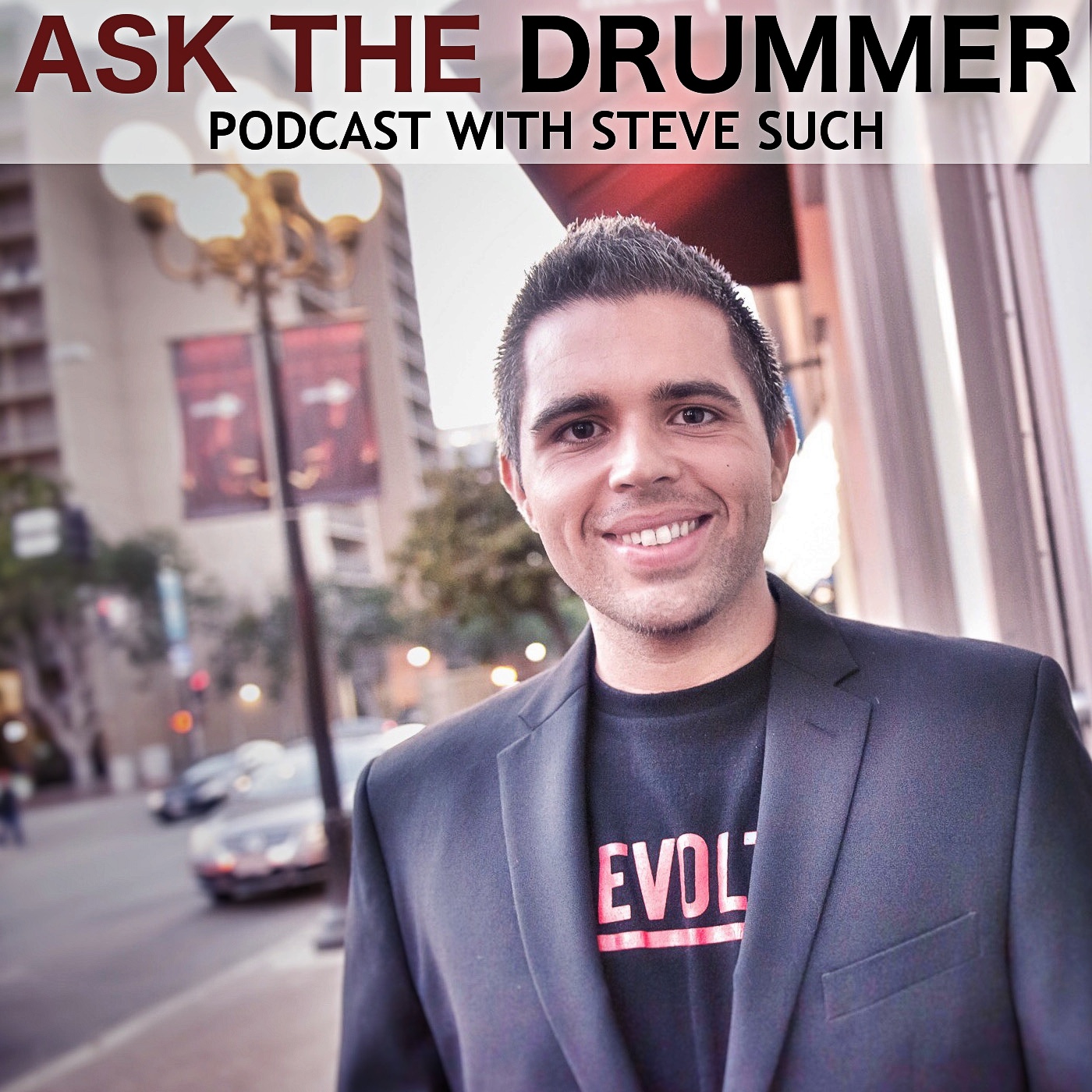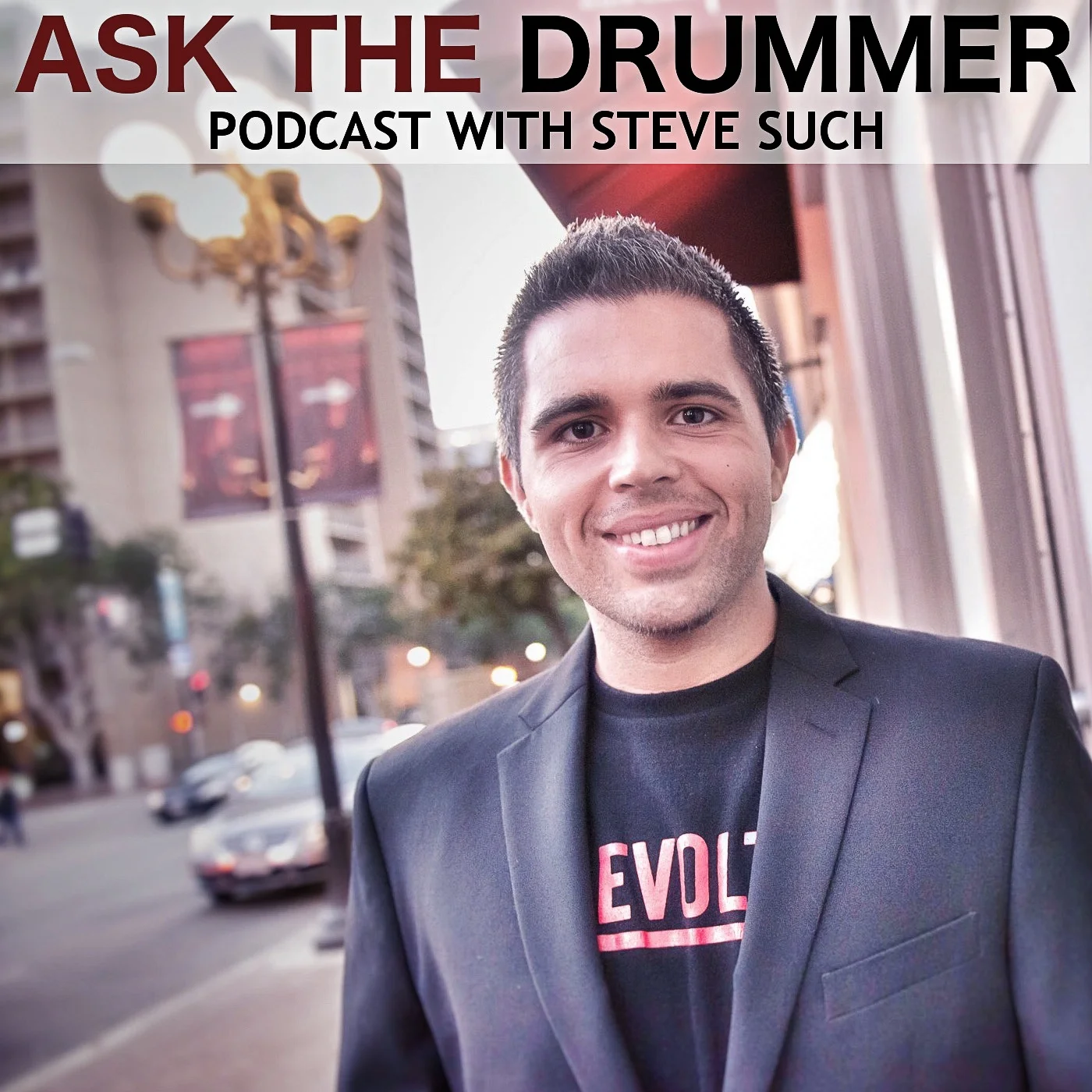WORKING ALL MUSICAL "MUSCLES" AT ONCE
The 60 Minute Showdown is the ultimate compound exercise for drummers. In order to understand WHY, let’s take a look at the areas of drumming you’ll address over the span of just 60 minutes:
1) TIME EFFICIENCY - You only have 60 minutes to complete this exercise… there’s no time to slack and you have a deadline to meet. You have to find a way to make it happen. Welcome to the real world!
2) GROOVE CONSTRUCTION - You’ll need to come up with different grooves for each section of the song (or learn pre-determined drum grooves note for note). Perhaps you never would have practiced / thought of these grooves independently, but the music now calls for it.
3) STYLISTIC AUTHENTICITY - You may need to change your playing, tuning, or even the gear you’re using to match the style of the song you are playing. This may require you to learn new techniques/skills you currently don’t possess.
4) MUSICAL CONTEXT - By playing along to a song, you’re no longer just practicing mindless patterns/rudiments, you’re practicing MUSIC. Everything you practice now has a context.
5) TIMING - Maybe your play-along has a click track, which you’ll need to be locked into. Playing along to a song without a click track will force you to focus on locking in with other instruments (which you should be doing anyway), and is much more fun than working with a metronome.
6) CHOPS - Instead of mindlessly playing chop-building exercises, now you can develop your chops with an actual musical goal in mind. For example, there may be a tricky double bass drum pattern in the song that you’re uncomfortable with. Now you have a real, tangible musical goal to achieve rather than just playing repetitive exercises at a random BPM marking.
7) CHART READING / CHART WRITING / MEMORIZATION - Perhaps the play-along comes with a chart. In this case, you’ll be refining your chart-reading abilities. If the song doesn’t come with a chart, you may need to quickly write one out of your own. Or you simply may choose to memorize the tune by ear. Regardless of which method you choose, all 3 are critical skills required for any working drummer.
8) PERFORMANCE MODE - Turning on the video camera will immediately force you to practice "playing under pressure". It also forces you to stay focused so that you don’t waste time in the practice room. You’ll be surprised at how turning on the camera will inspire you to bring your “A-game."
9) CONSISTENCY - Are you able to play the song all the way through without any mistakes? If you do make a mistake, are you able to quickly recover and keep going?
10) CRITIQUE AND REFINE - Perhaps the most valuable part of this practice. After you’ve finished performing the song, watch the video back. What did you do well? Where did you fall short? Being able to analyze your drumming is the fastest way to improve; by watching the video you’ll immediately know right away what to improve on and where to focus your efforts in the practice room.








